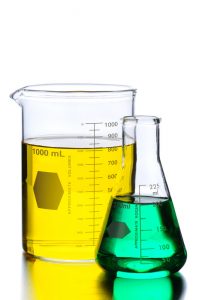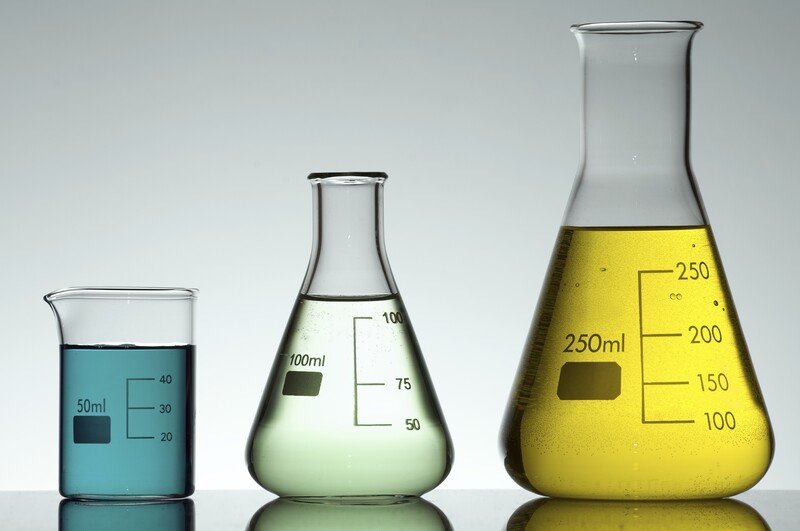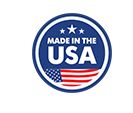What is Propylene Glycol ?
Propylene glycol is a widely used chemical that we often come in to contact with , but know very little about. Propylene glycol, also known as “PG” is a practically odorless, clear, viscous liquid, and it has a faintly sweet taste.
The chemical formula of propylene glycol is CH3CH(OH)CH2OH.
The CAS number for Propylene Glycol is 57-55-6
Propylene glycol is easily miscible with water and a broad range of solvents, like acetone, and chloroform. Like most glycols, PG, in general is non-irritating and has low volatility.
PG is produced on a large scale as an intermediate for many chemicals, and primarily for the production of polymers. It is a major industrial chemical. Production in 2019 was approximately 1.9 million metric tons. Currently, most propylene glycol is made by reacting propylene oxide with water.
In addition to uses in polyester resins it is also used to manufacture aircraft deicing fluid, and also has uses in applications like home and auto products. Since it is considered GRAS (see below) you can also find it in food products like ice cream.
Is Propylene Glycol Food Safe?
In the US Propylene Glycol is a compound which is listed as GRAS, defined as generally recognized as safe, by the US FDA/ Food and Drug Administrations under 21 CFR x184.1666, and is also approved by the FDA for certain uses as an indirect food additive. Propylene Glycol is approved and used as a vehicle for topical, oral, and some intravenous pharmaceutical preparations in the U.S. and in Europe.
When you source propylene glycol, make sure that the grade you are buying is properly suited and appropriate for the applications you will use it in . Do not buy a technical grade propylene glycol for use in a food or drink for example. If you are using propylene glycol where it will be used as a food ingredient or in a beverage you will need to source a USP food grade propylene glycol.
Typically a food grade propylene glycol will be slightly more expensive than a technical grade used in a paint formulation for example. To make sure you get the right grade, it is best to always request a Certificate of Analysis for your chemicals and ingredients to make sure you will be receiving what you have requested and the best material for your application and usage.
Don’t make the mistake of buying another glycol with a similar name either, and do not make the mistake of buying di-propylene glycol thinking it is the same as propylene glycol. Those are not the same chemical and can not be used interchangeably.
Where should you purchase Propylene Glycol?
Check Level 7 Chemical for the very best propylene glycol. Level 7 Chemical sells high quality food grade propylene glycol, and can also get a technical grade upon request. Additionally, they can also help with custom blends of PG and DI water.
Level 7 Chemical can offer excellent, full-service custom solutions to help make your chemical sourcing easier and your business a success. As a trusted ally, you can depend on their team of professionals to assist with everything from sourcing propylene glycol and other chemicals, as well as our logistics expertise.
If you enjoyed learning about propylene glycol check out this article on vegetable glycerin.


